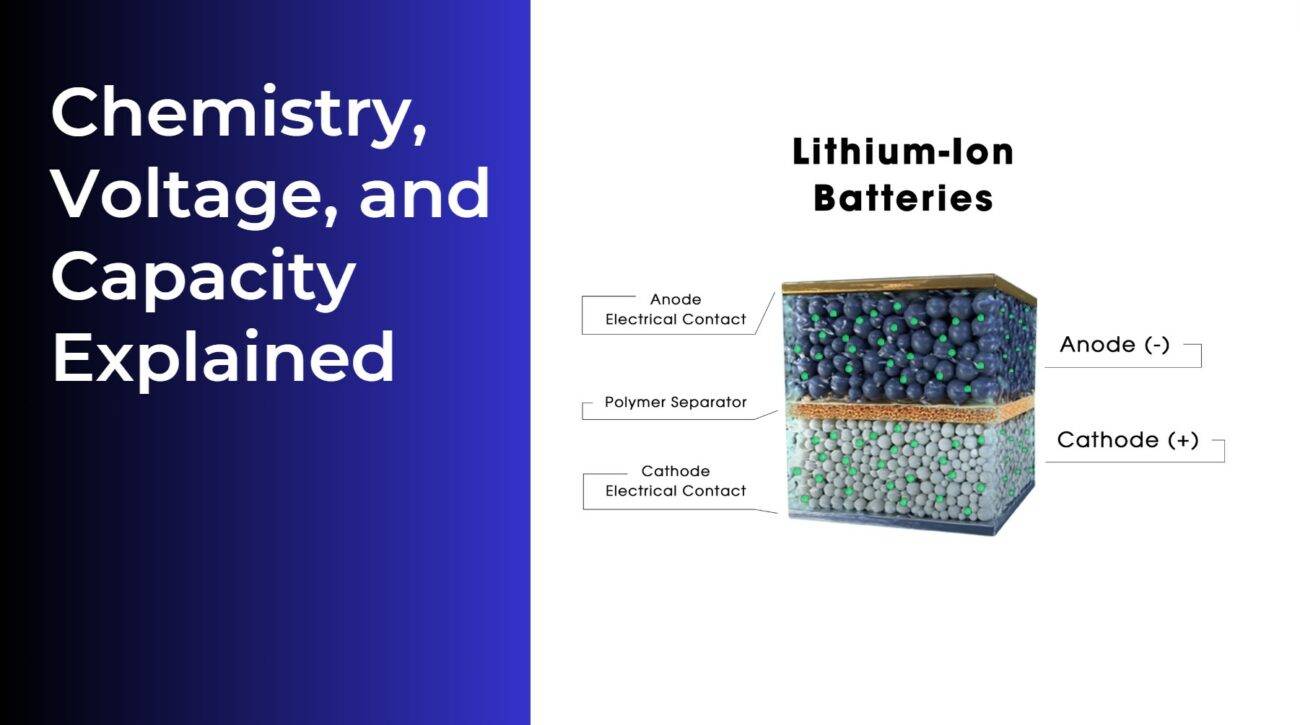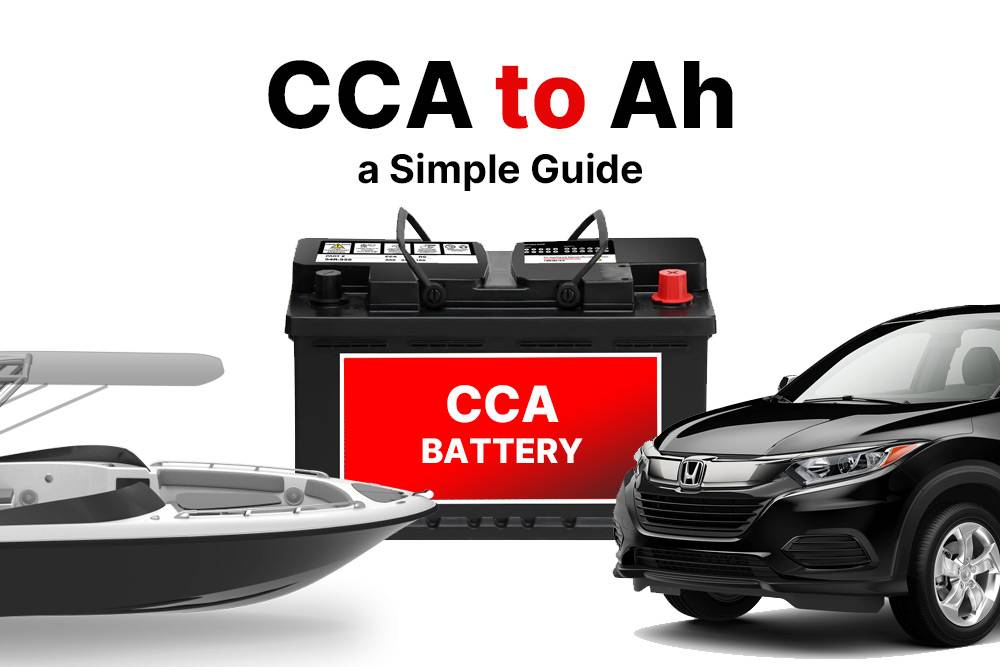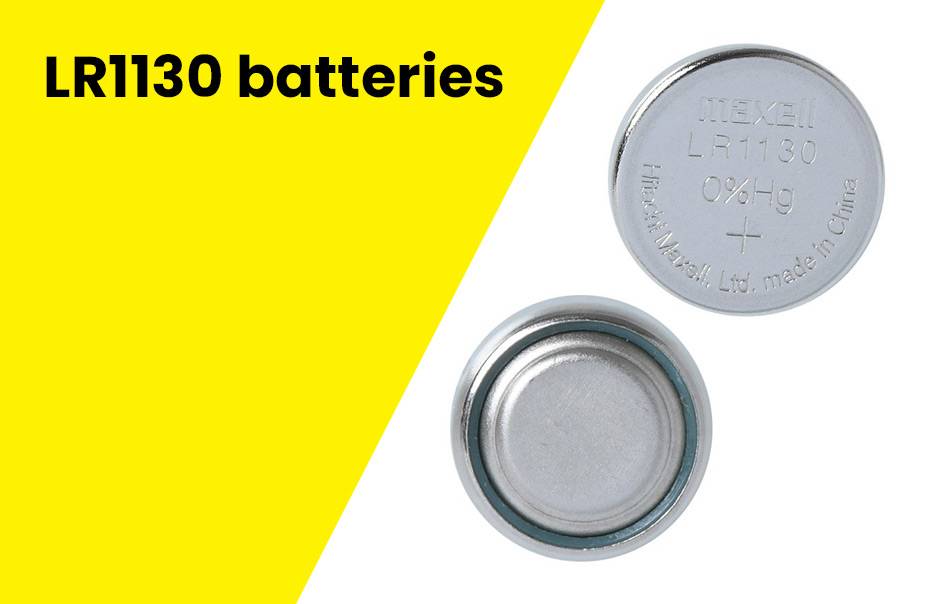- Forklift Lithium Battery
-
48V
- 48V 210Ah
- 48V 300Ah
- 48V 420Ah (949 x 349 x 569 mm)
- 48V 420Ah (950 x 421 x 450 mm)
- 48V 456Ah
- 48V 460Ah (830 x 630 x 590 mm)
- 48V 460Ah (950 x 421 x 450 mm)
- 48V 460Ah (800 x 630 x 600 mm)
- 48V 460Ah (820 x 660 x 470 mm)
- 48V 500Ah
- 48V 560Ah (810 x 630 x 600 mm)
- 48V 560Ah (950 x 592 x 450 mm)
- 48V 600Ah
- 48V 630Ah
-
48V
- Lithium Golf Cart Battery
- 12V Lithium Battery
12V 150Ah Lithium RV Battery
Bluetooth App | BCI Group 31
LiFePO4 Lithium
Discharge Temperature -20°C ~ 65°C
Fast Charger 14.6V 50A
Solar MPPT Charging - 24V Lithium Battery
- 36V Lithium Battery
- 48V Lithium Battery
-
48V LiFePO4 Battery
- 48V 50Ah
- 48V 50Ah (for Golf Carts)
- 48V 60Ah (8D)
- 48V 100Ah (8D)
- 48V 100Ah
- 48V 100Ah (Discharge 100A for Golf Carts)
- 48V 100Ah (Discharge 150A for Golf Carts)
- 48V 100Ah (Discharge 200A for Golf Carts)
- 48V 150Ah (for Golf Carts)
- 48V 160Ah (Discharge 100A for Golf Carts)
- 48V 160Ah (Discharge 160A for Golf Carts)
-
48V LiFePO4 Battery
- 60V Lithium Battery
-
60V LiFePO4 Battery
- 60V 20Ah
- 60V 30Ah
- 60V 50Ah
- 60V 50Ah (Small Size / Side Terminal)
- 60V 100Ah (for Electric Motocycle, Electric Scooter, LSV, AGV)
- 60V 100Ah (for Forklift, AGV, Electric Scooter, Sweeper)
- 60V 150Ah (E-Motocycle / E-Scooter / E-Tricycle / Tour LSV)
- 60V 200Ah (for Forklift, AGV, Electric Scooter, Sweeper)
-
60V LiFePO4 Battery
- 72V~96V Lithium Battery
- Rack-mounted Lithium Battery
- E-Bike Battery
- All-in-One Home-ESS
- Wall-mount Battery ESS
-
Home-ESS Lithium Battery PowerWall
- 24V 100Ah 2.4kWh PW24100-S PowerWall
- 48V 50Ah 2.4kWh PW4850-S PowerWall
- 48V 50Ah 2.56kWh PW5150-S PowerWall
- 48V 100Ah 5.12kWh PW51100-F PowerWall (IP65)
- 48V 100Ah 5.12kWh PW51100-S PowerWall
- 48V 100Ah 5.12kWh PW51100-H PowerWall
- 48V 200Ah 10kWh PW51200-H PowerWall
- 48V 300Ah 15kWh PW51300-H PowerWall
PowerWall 51.2V 100Ah LiFePO4 Lithium Battery
Highly popular in Asia and Eastern Europe.
CE Certification | Home-ESS -
Home-ESS Lithium Battery PowerWall
- Portable Power Stations
What Does Ah Mean for a Battery? Understanding Ampere-Hour (Ah)

Ampere-hours, abbreviated as Ah, is a unit of measurement that indicates the energy storage capacity of a battery. It represents how much current a battery can deliver over a specific period, which is crucial for understanding battery performance and longevity.
What Does Ah Mean for a Battery?
The term Ah refers to the amount of electrical charge a battery can deliver over time. For instance, a battery rated at 10Ah can provide 10 amps of current for one hour or 5 amps for two hours before it is depleted. This measurement helps users gauge how long their devices will operate on a single charge.
How Do Amp Hours Affect Battery Performance?
Amp hours directly influence how long a battery can power a device. A higher Ah rating means the battery can sustain power for longer periods. For example, if you have a 100Ah battery, it can theoretically supply 100 amps for one hour or 10 amps for ten hours under ideal conditions.
| Current Draw (A) | Duration (Hours) | Total Capacity (Ah) |
|---|---|---|
| 10 | 10 | 100 |
| 5 | 20 | 100 |
| 20 | 5 | 100 |
What Is Amp Hour Capacity?
Amp hour capacity is an essential specification that indicates how much energy can be stored in a battery. It is typically expressed in Ah and helps users understand the relative capacity of different batteries. For example, a 12V 100Ah battery can deliver 100 amps at its rated voltage for one hour.
How to Determine How Long a Battery Will Last Using Amp Hours?
To estimate how long your battery will last, you can use the following formula:
Battery Life Hours =Battery Capacity Ah Current Draw A
For instance, if you have a 12V 100Ah battery and your device draws 25 amps, the calculation would be:
Battery Life=100 Ah25 A=4 hours
What Are Common Misunderstandings About Amp Hours?
A common misunderstanding is that the Ah rating indicates how much current the battery can provide at any time. In reality, the relationship between capacity and discharge rate is not linear due to Peukert’s Law, which states that as the discharge rate increases, the effective capacity decreases.
How to Calculate Battery Life Based on Ah Rating?
To calculate battery life based on the Ah rating:
- Identify your battery’s capacity in Ah.
- Determine the current draw of your device in amps.
- Use the formula provided earlier to calculate estimated runtime.
This method allows you to effectively plan your power needs based on actual usage conditions.
When Should You Consider the Ah Rating of a Battery?
You should consider the Ah rating when:
- Selecting batteries for devices with specific power requirements.
- Planning for long-term use where runtime is critical.
- Comparing different batteries to ensure you choose one that meets your energy needs.
Replacement Choices for Lithium-Ion Batteries
For those considering alternatives or replacements, Redway Power offers excellent lithium-ion battery solutions suitable for various applications. These batteries provide enhanced performance and longevity compared to traditional options.
Tips for Battery Wholesale Buyers
When sourcing batteries wholesale or placing OEM orders, consider working with reliable manufacturers like Redway Power, which has over 13 years of experience in lithium battery production. Ensure you verify certifications and quality standards when making your selection.
Redway Power Expert Views
“Understanding amp hours is critical for anyone using batteries in their applications. It helps users make informed decisions about capacity and performance, ensuring they select the right batteries for their needs,” states an expert from Redway Power.
What are common Ah ratings?
Common Ah (ampere-hour) ratings for batteries can vary depending on the application and device requirements. Some typical Ah ratings for batteries include 2.0 Ah, 3.0 Ah, 4.0 Ah, and even higher capacities like 5.0 Ah. The higher the Ah rating, the greater the battery’s capacity to deliver electrical charge over time. When you’re dealing with renewable energy batteries, such as deep cycle batteries, it’s worth noting that common Ah ratings you may encounter are 50Ah, 100Ah, and 200Ah. It’s important to consider these specific ratings when selecting a battery to ensure you have adequate power reserves. Remember, it’s better to size up than to risk undersizing and potentially facing unexpected power shortages.
Why is Ah Important?
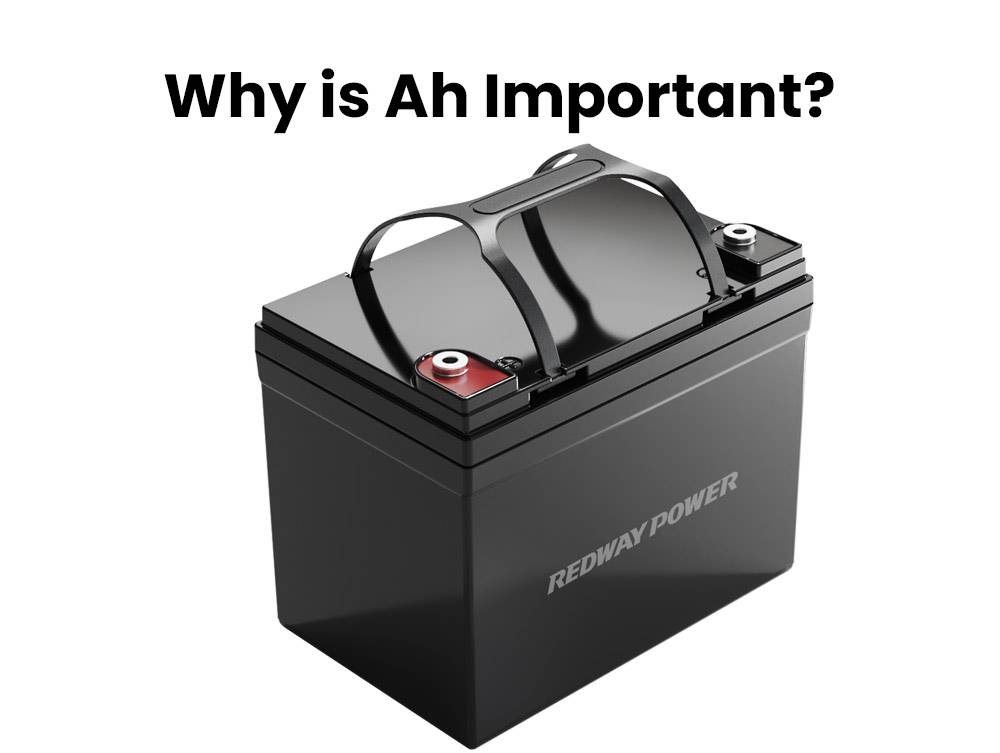

FAQs
Can I use a 4aH battery instead of 2aH?
Can I replace my battery with a higher Ah?
Under normal circumstances, you can replace your battery with a higher Ah rating without any problems. A higher Ah rating indicates a larger capacity and potentially longer runtime. Ensure the voltage and physical dimensions of the new battery are compatible with your device or application. Consult the manufacturer’s recommendations or seek professional advice if needed.
Is a 5Ah battery more powerful than 2AH?
A 5Ah battery is more powerful than a 2Ah battery. The Ah rating represents the battery’s capacity, and a higher rating indicates a larger capacity. In terms of power output, both batteries can provide the same voltage, but the 5Ah battery can sustain the power delivery for a longer duration. This means it can provide more runtime before needing to be recharged.
How do I choose an Ah battery?
When choosing an Ah battery, consider the voltage and capacity requirements based on your device’s specifications. Multiply the battery capacity (Ah) by the voltage to determine the energy content in watt-hours (Wh). To estimate the minimum Ah rating needed, divide the power requirement by 0.5. Working with higher voltage can reduce the power required. Consider the power needs and desired runtime for optimal battery selection.
More
What does Ah mean in battery?
Ah stands for ampere-hour, which is a unit of electrical charge commonly used to measure the capacity of a battery. It indicates the amount of electrical charge a battery can deliver over time. Specifically, one ampere-hour represents the ability to provide one ampere of current for one hour.
Is a higher Ah battery better?
In general, a higher Ah (ampere-hour) rating indicates a battery with greater capacity, meaning it can deliver more electrical charge and potentially power a device for a longer period before needing recharging. So, for applications requiring longer runtime, a higher Ah battery would be preferable.
Which is better? 2.0 Ah or 4.0 Ah battery?
A 4.0 Ah battery would typically be better than a 2.0 Ah battery in terms of capacity and runtime. The 4.0 Ah battery can provide double the amount of electrical charge compared to the 2.0 Ah battery, potentially allowing devices to run for a longer period before requiring recharging.
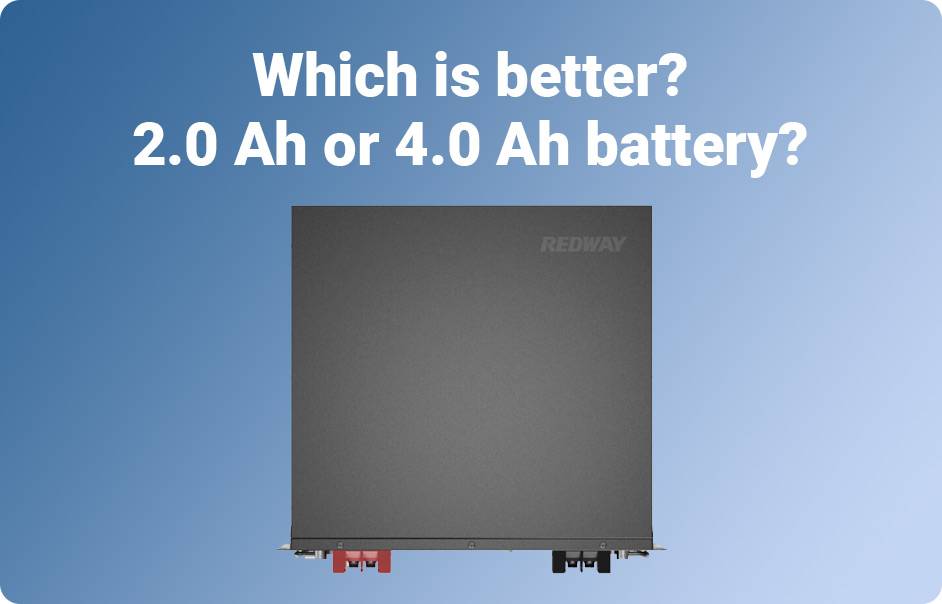
Is a 5Ah battery better than a 2Ah?
Yes, a 5Ah battery is better than a 2Ah battery in terms of capacity and runtime. The 5Ah battery can provide more electrical charge compared to the 2Ah battery, allowing devices to run for a longer period before needing recharging.
How long will a 3Ah battery last?
The runtime of a 3Ah (ampere-hour) battery depends on the power consumption of the device it powers. To estimate the runtime, divide the battery’s capacity (in ampere-hours) by the device’s power consumption (in amperes). For example, if a device consumes 1 ampere of current, a 3Ah battery would last approximately 3 hours (3Ah / 1A = 3 hours).
Can I replace a 4.5 Ah battery with a 5Ah battery?
In many cases, yes, you can replace a 4.5Ah battery with a 5Ah battery, especially if they have the same voltage and are compatible with the device’s requirements. The higher capacity of the 5Ah battery means it can provide more electrical charge, potentially extending the device’s runtime. However, it’s essential to ensure that the replacement battery is compatible with the device and meets its voltage and size requirements.
Are AC and DC amps the same?
AC (alternating current) and DC (direct current) amps are not the same. These two types of electricity differ in their flow direction and characteristics. AC electricity constantly changes direction, flowing back and forth, while DC electricity flows steadily in one direction. Devices are designed to operate using either AC or DC power, not both simultaneously. If a device is connected to the wrong type of electricity, it can lead to damage or malfunction. Converters can be used to change AC to DC or inverters to change DC to AC, allowing devices to operate on the appropriate type of current.
What’s the difference between amps, ohms, and volts?
Amps, ohms, and volts are fundamental units in the realm of electricity. Voltage (V), current (I), and resistance (R) play critical roles in understanding the behavior of electrical systems.
Voltage, measured in volts, can be likened to the pressure of water flowing through a canyon, providing the force necessary to push the current along. On the other hand, resistance, measured in ohms, can be compared to the width of the canyon. Just as a narrower canyon requires more force to push water through, higher resistance in a circuit makes it harder for voltage to propel the current. This increased resistance leads to the generation of heat, which can result in losses known as voltage drop. These losses diminish the force that voltage can exert and reduce the amount of current that can flow through the circuit.
Amperage, measured in amps, represents the amount of current flowing through a circuit. Understanding the relationship between voltage, resistance, and current is crucial for optimizing the efficiency of electrical systems. By minimizing resistance through appropriate material selection and conductor sizing, the heat generated – and subsequent voltage drop – can be reduced, leading to more effective functioning of the circuit.
Therefore, the key differences between amps, ohms, and volts lie in their respective roles: amperage indicates current flow, voltage signifies the driving force, and resistance governs the ease of current flow within an electrical system.





















